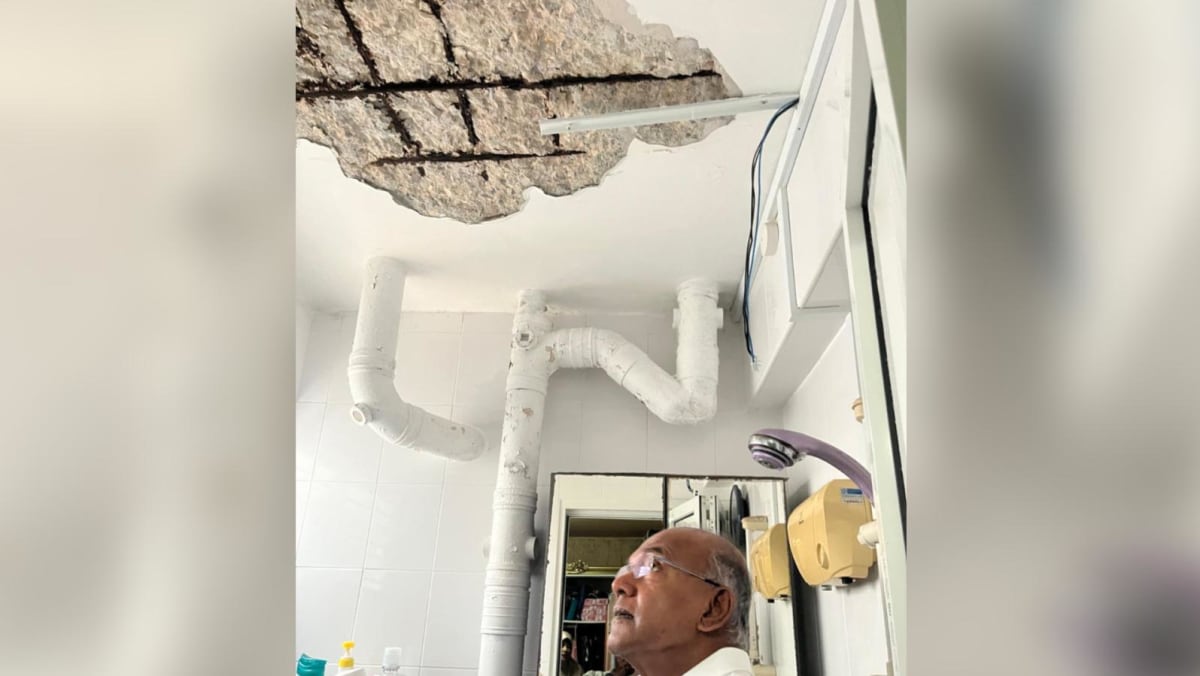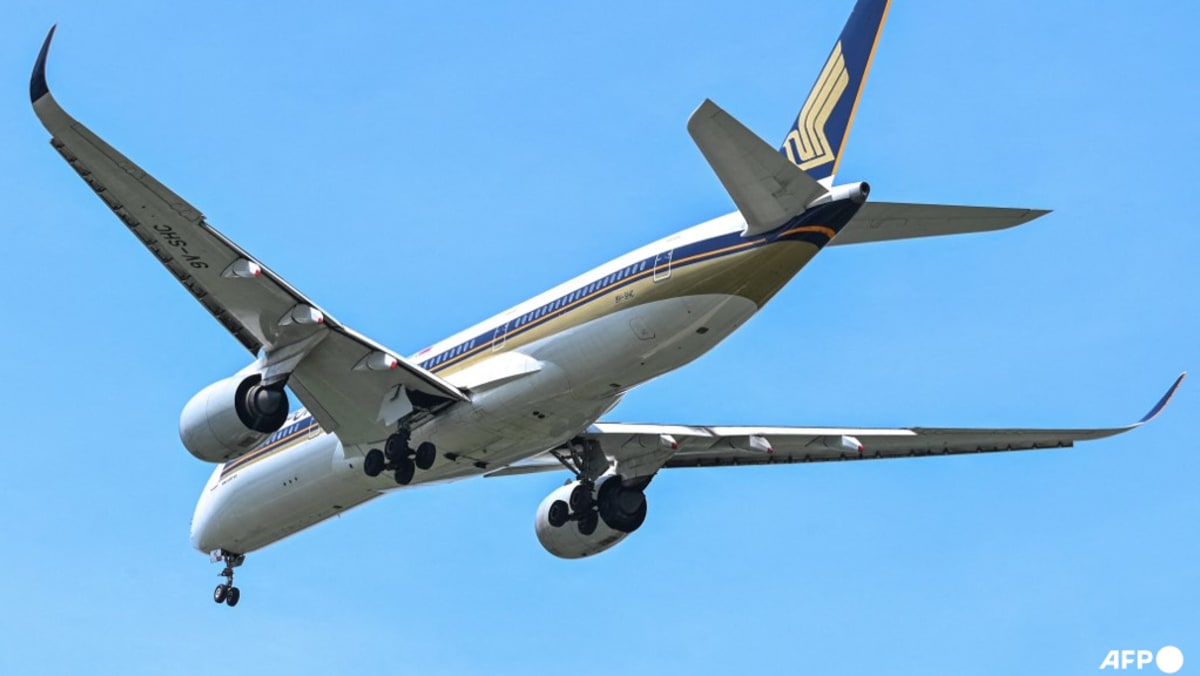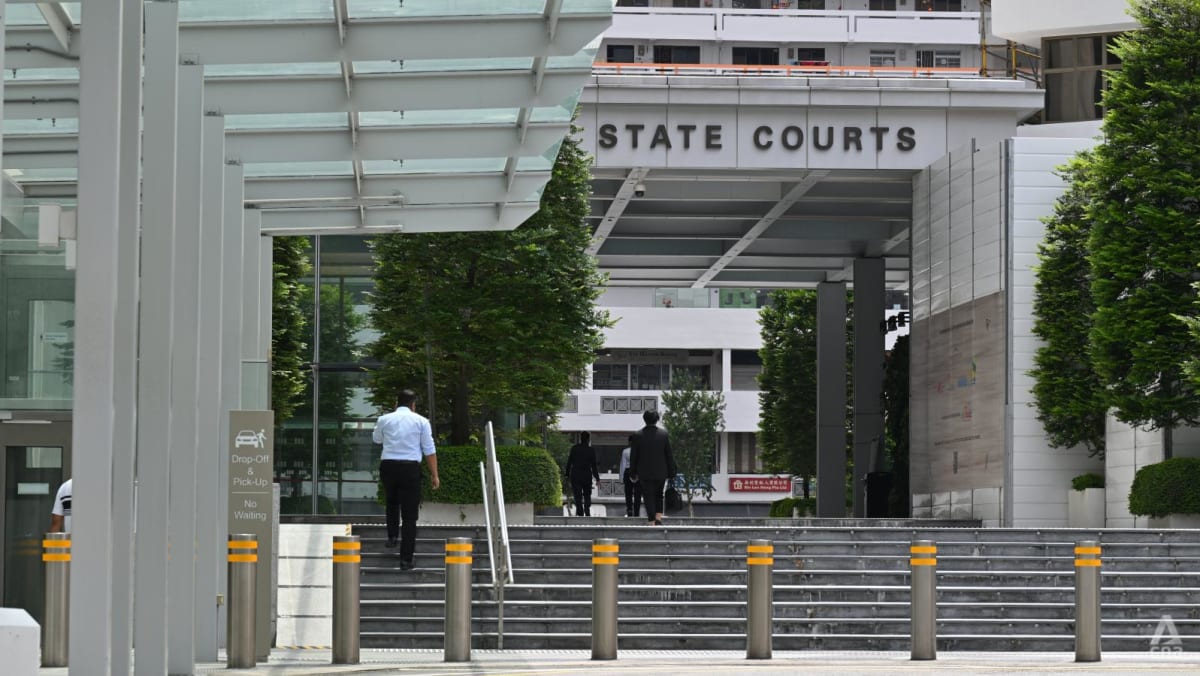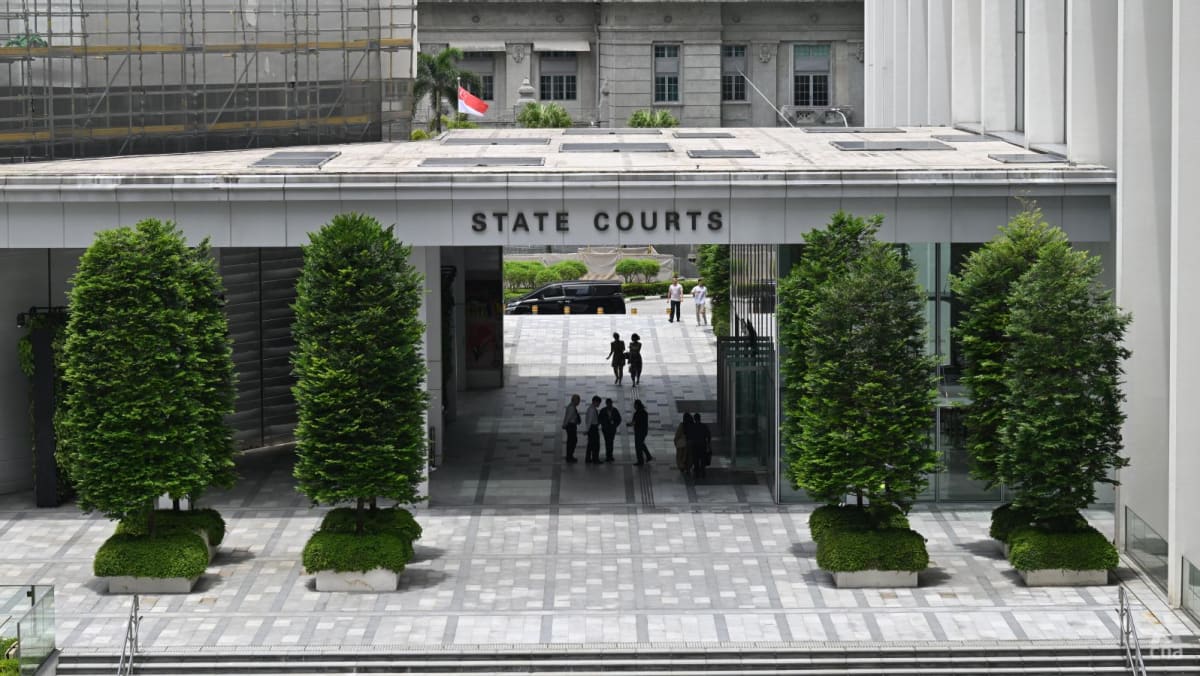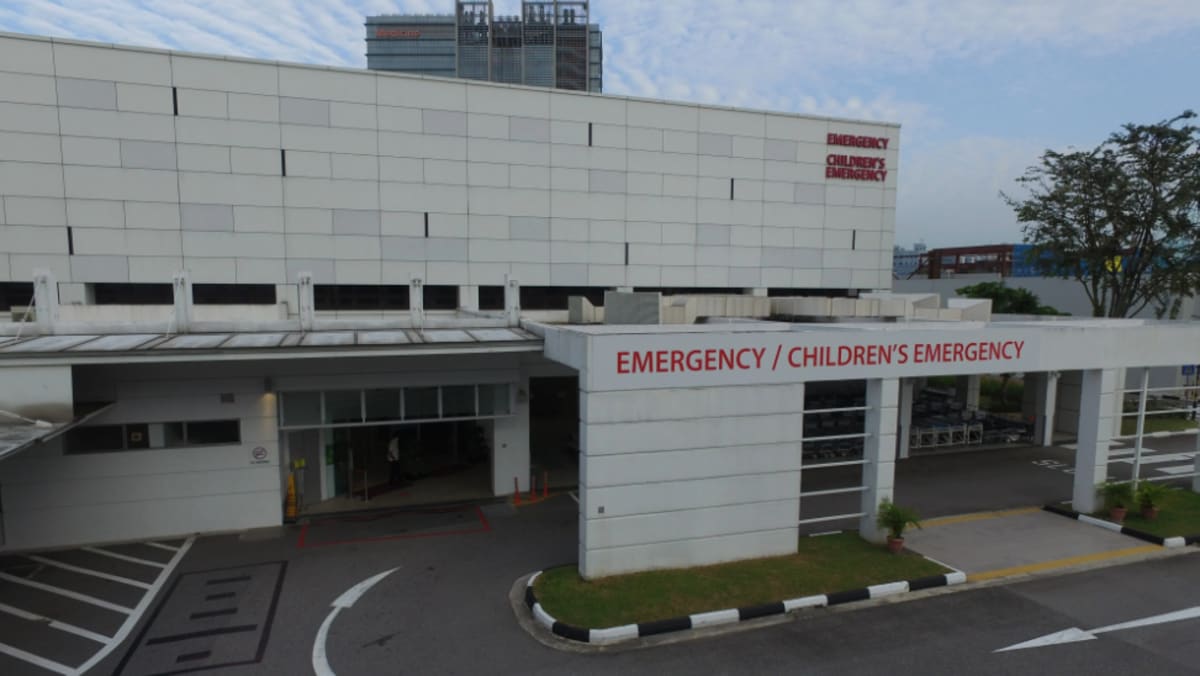SINGAPORE: Despite its reputation for premium pricing, Mount Elizabeth hospitals do not consistently charge the highest fees among private healthcare providers in Singapore, a CNA review of medical billing data has found.
Based on typical bills for 10 common medical procedures listed on the Ministry of Health’s (MOH) cost comparison portal, Mount Elizabeth topped the list in only three cases. The “typical bill” refers to the median cost paid by patients in 2023.
While Mount Alvernia Hospital was found to be cheaper in some instances, it was excluded from CNA’s comparison as it operates as a not-for-profit institution.
In the three cases where Mount Elizabeth was most expensive, Mount Elizabeth Novena charged 5.1 per cent more for a knee arthroscopy, 11.3 per cent more for hernia repair and 38.2 per cent more for an appendicectomy compared with the next-most expensive private hospital option.
However, the same data showed that Mount Elizabeth is not always the costliest option. For example, fibreoptic colonoscopy day surgery and iridectomy at Mount Elizabeth Orchard and Novena were cheaper than at other private hospitals.
Insurer Great Eastern announced on Tuesday (Jun 17) that it has stopped issuing pre-authorisation certificates for policyholders admitted to the two Mount Elizabeth hospitals. Such certificates are still available for other hospitals and day surgery centres, it said.
Pre-authorisation refers to the insurer’s approval of coverage for medical costs before treatment.
“In the last few years, we have observed that certain private hospitals have been charging significantly more than others for the same treatment, same clinical outcome, similar level of complexity, as well as for procedures that are less complex,” the insurer said on Thursday in response to CNA’s queries.
“The cost difference in total bill size typically ranges between 20 and 30 per cent but can sometimes go higher in some cases.”
Based on MOH data, the typical inpatient bill for a knee arthroscopy – a surgical procedure to diagnose problems within the knee joint – at Mount Elizabeth Novena was S$22,559 (US$17,560) and S$22,208 at Mount Elizabeth Orchard. It was cheaper at Gleneagles Hospital, which charged S$21,456.
For an appendicectomy – removal of the appendix – Mount Elizabeth Novena charged S$30,808, compared with S$22,297 at Raffles Hospital, while for hernia repair, Mount Elizabeth Novena charged S$35,944, higher than the S$32,288 charged by Gleneagles.
In contrast, iridectomy, a surgical procedure primarily to treat glaucoma, was cheaper at Mount Elizabeth Orchard (S$2,367) and Mount Elizabeth Novena (S$2,602) compared with Farrer Park (S$3,874).
Beyond MOH’s data, CNA reviewed itemised hospital bills from Mount Elizabeth Orchard, Parkway East and Gleneagles over the past two years. While Mount Elizabeth charged marginally more for common items such as hygiene sheets and lignocaine injections (1.7 to 7.7 per cent higher), it charged less for other items, such as ECG electrodes.
Mount Elizabeth Orchard and Novena are operated by IHH Healthcare Singapore, the country’s largest private healthcare provider. Other hospitals under its umbrella – including Gleneagles and Parkway East – are not affected by Great Eastern’s pre-authorisation suspension.
CNA contacted IHH and Great Eastern for comment on the pricing differences.
In response, IHH said that comparing the typical bill sizes across hospitals and interpreting them at “face value” is “overly simplistic” and “misleading” in reflecting each hospital’s value and affordability.
“The Table of Surgical Procedures is a ranked listing of procedures that focuses on the intent and outcome of the surgical procedure. It does not reflect the surgical access route or the technologies, facilities and equipment used. Neither does it reflect the expertise and skill of the healthcare practitioners involved,” an IHH spokesperson said.
The spokesperson also said that the two Mount Elizabeth hospitals, due to their level of “equipping and capabilities”, tend to take in more complex cases across all specialties, as doctors also make “active choices” on where to admit patients based on the patient’s best clinical interests.
“It is therefore natural that the average bill sizes seen at these two hospitals be higher compared to other facilities,” the spokesperson added.
Great Eastern referred CNA to its previous statement.
MOVE TO MANAGE RISING HEALTHCARE COSTS: GREAT EASTERN
Great Eastern said earlier that the move is part of its efforts to manage rising healthcare costs and ensure affordability for its policyholders.
“We want to assure our policyholders that there is no change to their coverage, and they can still receive treatment and submit claims as usual with no impact to their benefits,” a spokesperson added.
The IHH spokesperson said that their analysis of publicly available data from MOH does not correspond to Great Eastern’s claims that bills at Mount Elizabeth hospitals are 20 to 30 per cent higher. They added that they have formally written to the insurer and are “awaiting their response”.
IHH previously expressed “surprise” at Great Eastern’s move, saying it has been in active discussion with the insurer over the past few months.
“We do not agree with GE’s claim about higher prices at two of our hospitals for similar procedures and case profiles,” its group COO and Mount Elizabeth CEO Yong Yih Ming said on Wednesday.
“Each of our hospitals has different focus and areas of excellence – Mount Elizabeth Hospital and Mount Elizabeth Novena Hospital house facilities and equipment that allow specialists to manage patients and perform surgeries that are not available at other hospitals.”
This is also why some of the more complex cases are managed at these two hospitals, he said.
In response to media queries, MOH said on Thursday it is engaging Great Eastern to better understand the implications of its decision.
Integrated shield plans (IPs) are commercial products, the ministry said. While MOH regulates the key parameters of these products for financial sustainability, insurers retain discretion over administrative processes like pre-authorisation.
“However, IP insurers would have to ensure that policyholders continue to be able to access the full benefits of their policies in accordance with the terms and conditions for claims, as stated in their policy contracts,” it added.
MARKET DYNAMICS, COST STRUCTURE DRIVE PRICING VARIATION
Experts told CNA that pricing differences across private hospitals are influenced by a range of factors, including the time and resources required and the hospital facilities used.
“Public hospital fees are subsidised by the government and are structured to ensure patient affordability. In contrast, private hospitals operate independently and need to factor in staffing, overheads, service-level costs and profitability when setting prices,” said Mr Joshua Siow, who is a partner at Simon-Kucher and its head of healthcare and life sciences in Singapore.
For example, in the case of different drug prices, public hospitals rely on a centralised procurement system, which helps standardise prices across institutions, said Ms Verlene Law of The Reg Consultants, a regulatory service provider specialising in pharmaceutical and medical companies. Private hospitals procure drugs independently and prices can differ based on their supplier agreements and business models, she said.
Private hospitals may also serve different patient segments or offer specialised clinical services that justify higher fees, said Mr Siow.
“Patient experience, hospital infrastructure and differing target customer segments can contribute to variation,” he said. “Importantly, some institutions may be equipped with specialised equipment or specialist capabilities that may not be routinely available at other centres.”
He added: “As for-profit institutions, private hospitals in Singapore operate independently and serve varied patient segments. In this context, pricing is shaped less by regulation and more by consumer choice – patients can select their providers, and hospitals must remain reasonably price-competitive to sustain demand.”
